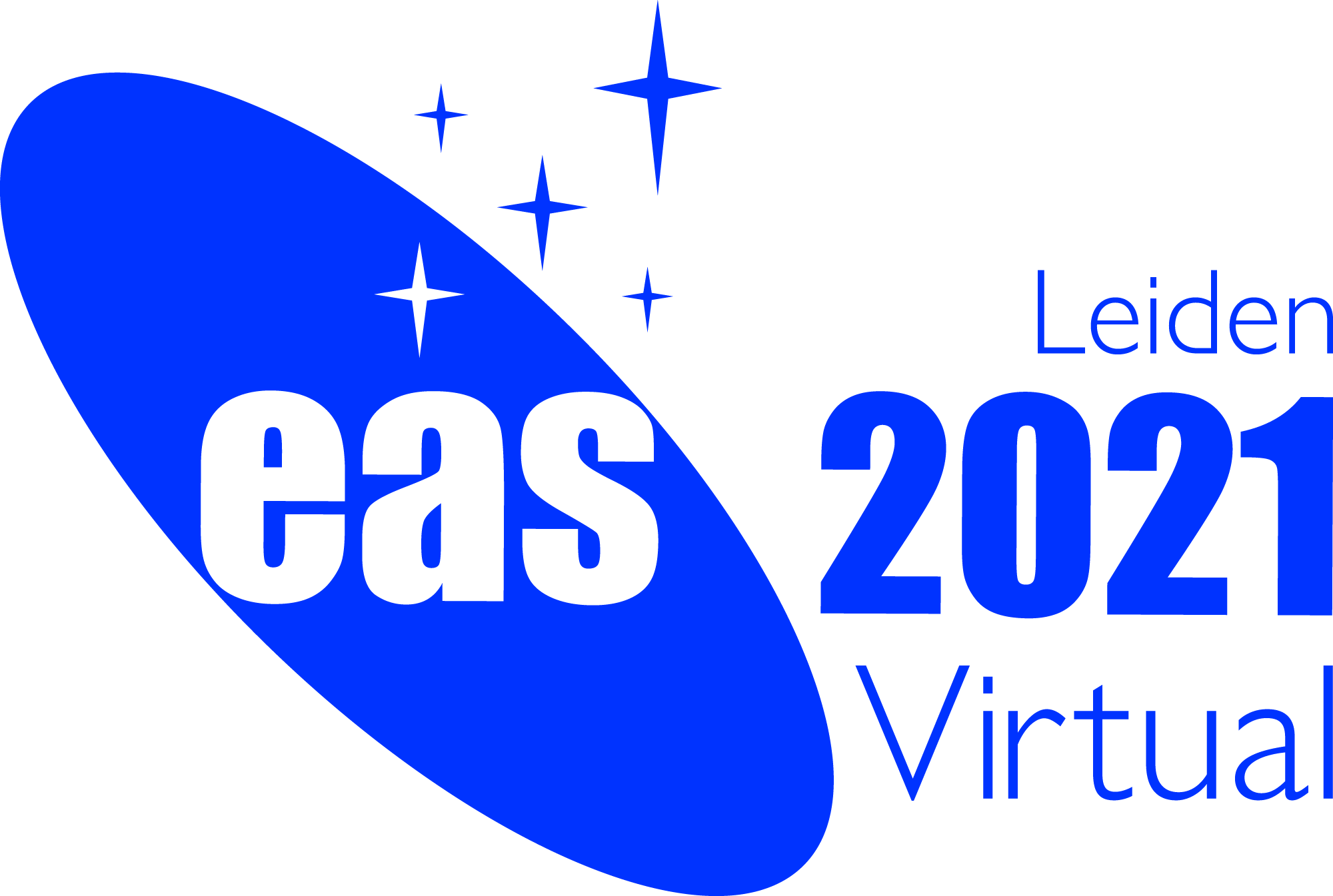Special Session SS28
28 June 2021
Variation of the stellar Initial Mass Function between and within galaxies

Aims and scope
The stellar initial mass function (IMF) characterises the distribution of stellar masses that form in a single star-formation event in a given volume of space. All the observable properties of stellar systems are linked to the IMF, since the mass of a star determines its subsequent evolutionary path. Numerous galaxy properties depend on the mass-to-light ratio (M/L), which in turn is defined by the low-mass end of the stellar IMF. In fact, low-mass stars account for more than half of the mass in old stellar populations, while they contribute very little to the integrated luminosity. This makes the measurement of the low-mass IMF slope from galaxy spectra a difficult task. But it is a crucial ingredient if we want to partition galaxy mass into stellar and dark matter, and for our understanding of the internal regions of galaxies. An adequate characterisation of the IMF allows one to predict the luminosity evolution of passively evolving stellar systems and thus to model the cosmic evolution of galaxy populations in the Universe. Finally, since the IMF affects most observables of stellar populations, a time-varying IMF could provide deep insight into star formation and feedback processes.
Historically, the IMF has almost always been assumed to be universal and equal to that measured in the solar neighborhood. However, in the last decade, observations based on lensing, dynamics and stellar population analyses have shown that massive galaxies may host a large fraction of low-mass stars (with masses below 0.5 solar masses) compared to the Milky Way. Evidence also emerges that the dwarf-rich stellar populations in galaxies are concentrated in the innermost regions.
Although the non-universality of the IMF in the galaxy population is broadly accepted today, the physical driver behind these variations are still highly controversial. It is still unknown whether IMF variations are caused by global or local parameters. Velocity dispersion, total stellar metallicity, [$\alpha$/Fe] abundance or total density have been proposed so far, corroborated by new observations carried out on a statistically large samples of galaxies thanks to the advent of new large, spectroscopic surveys (MANGA, SAMI, ATLAS3D, etc) and instrumentation (e.g. with MUSE, GTC, SINFONI).
New theories to explain the observations have been formulated, for instance allowing for a cosmic time evolution of the IMF. With this SpS we will bring together experts on a broad range of aspects on this topic (stellar population analysis, strong lensing, dynamics, theory) with the purpose of revising the state-of-the-art on the low-mass end of the IMF slope in galaxies.
Programme
The Special Session is divided in 3 blocks of 1.5 hours each, covering the following sub-topics :
- The IMF from a theoretical point of view
- The IMF from the analysis of the absorption stellar features in the spectra of galaxies and stellar population modelling
- The IMF from dynamics and strong gravitational lensing
Possible topics we foresee for talks are: the IMF from line-indices and/or full spectral fitting on single galaxies; spatially resolved IMF constraints and radial gradients within and across galaxies; time-evolving IMF theory, the IMF measured from dynamical analysis and/or strong gravitational lensing.
Invited speakers
Each invited speaker will present a 20-minutes review talk on one of the sub-topic:
- Dr. Tereza Jerabkova (ESA/ESTEC, NL)
- Dr. Ignacio Martin-Navarro (IAC, Tenerife, ES)
- Dr. Russell Smith (Durham University, UK)
Scientific organisers
Chairs:
Dr. Chiara Spiniello, Hintze Fellow at the University of Oxford
Other Members:
Prof. Michele Cappellari (University of Oxford, UK);
Prof. Roger Davies (University of Oxford, UK);
Dr. Anna Ferré-Mateu (ICCUB, ES);
Dr. Madusha Gunawardhana (Leiden University, NL);
Prof. Claudia Maraston (University of Portsmouth, UK);
Prof. Daniel Thomas (University of Portsmouth, UK);
Prof. Scott Trager (Kapteyn Astronomical Institute, Groningen, NL).
Contact
chiara.spiniello @ physics.ox.ac.uk
Updated on Mon Dec 21 18:14:27 CET 2020
|

 A power cut will shut down all EAS services on Tuesday, 10 January 2017 starting at 7:30 CET.
A power cut will shut down all EAS services on Tuesday, 10 January 2017 starting at 7:30 CET.


